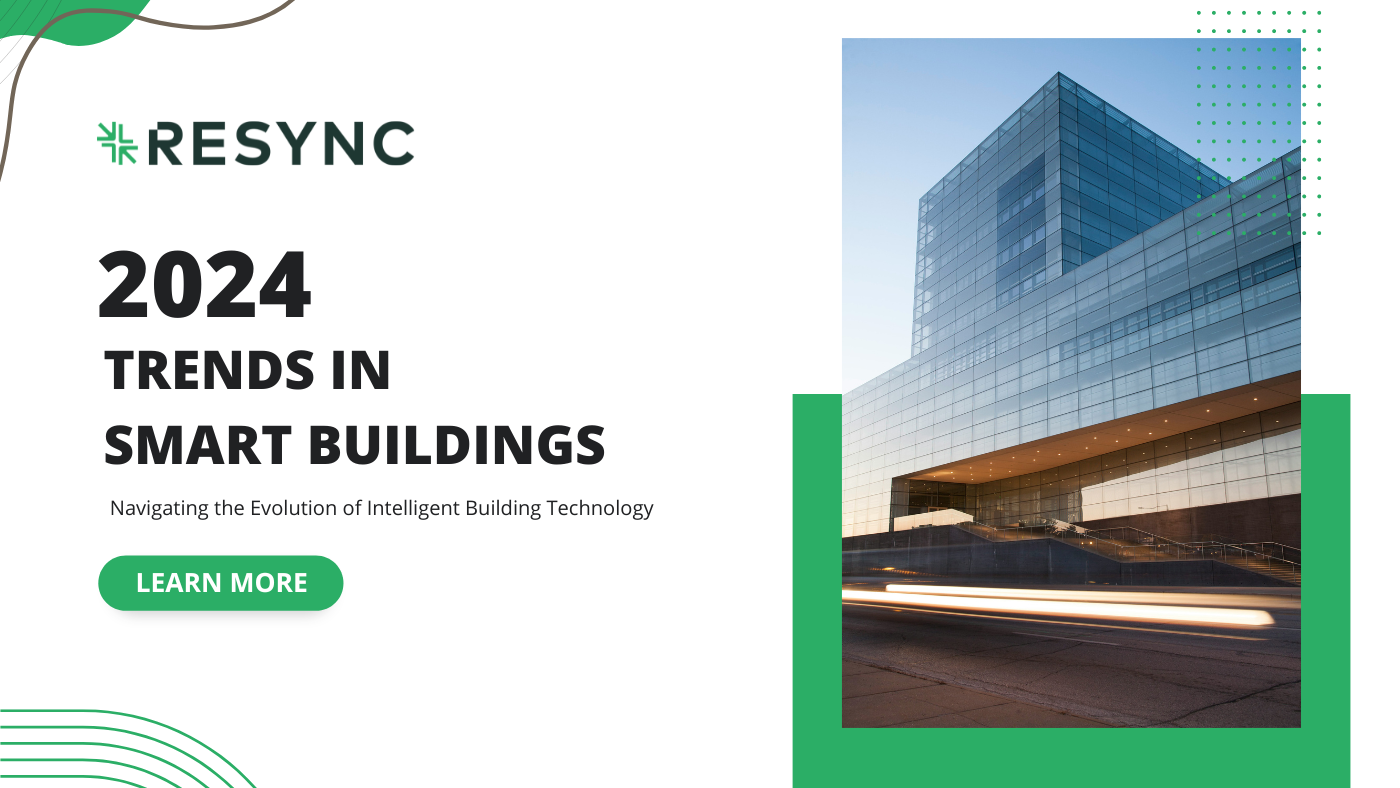
Exploring The Lastest Trends in Smart Buildings For 2024
Table of Contents
Where Buildings Inspire Innovation and Growth
Join us in creating spaces where sustainability, technology, and humanity intersect, turning buildings into platforms for innovation and growth.
Introduction
As we journey through the dynamic realm of modern architecture and technology, the concept of smart buildings has evolved from a distant vision to a tangible reality, reshaping our interaction with built environments. With each passing year, the evolution of smart buildings accelerates, driven by technological advancements, evolving societal norms, and an increasing focus on sustainability and well-being. Here are some other top and recent trends shaping the future of smart buildings:
1. Harnessing the Power of AI:
In the world of smart buildings, Artificial Intelligence (AI) is at the forefront, changing how buildings operate by enabling predictive maintenance, optimizing energy usage, and personalizing occupant experiences. From adaptive climate control to intelligent lighting solutions, AI integration paves the way for buildings that are smarter and more responsive to occupants’ needs.
2. Remote Monitoring and Management:
In the modern environment, managing multiple buildings manually can be overwhelming and inefficient. Scaling up operations across diverse locations poses significant challenges for operators and managers. Remote monitoring and management streamline operations, enhancing efficiency and ensuring compliance with standards and regulations.
3. Indoor Environmental Quality Monitoring:
Smart buildings integrate sensors to monitor indoor environmental parameters such as lighting and thermal comfort. By optimizing indoor environmental quality, building operators enhance occupant comfort, productivity, and overall well-being. This includes the use of indoor air quality sensors, which play a crucial role in ensuring optimal air quality and creating healthier indoor environments for occupants.
4. Data-driven Decision Making:
Smart buildings leverage data analytics and machine learning algorithms to make informed decisions about energy usage, space optimization, and maintenance scheduling. By analyzing real-time data, property managers identify patterns and opportunities for improvement, enhancing operational efficiency and sustainability.
5. Embracing Cloud-Based Energy Management Systems:
Cloud-based Energy Management Systems (EnMS) are integral to smart building operations. Leveraging cloud computing infrastructure, these systems provide scalability, flexibility, and data analysis capabilities. From optimizing energy usage to facilitating predictive maintenance, cloud-based EnMS solutions like Resync drive operational excellence.
6. Resync’s AI-Driven Energy Management Solution
At Resync, we envision a future where smart buildings are dynamic ecosystems that enhance occupants’ lives and contribute to a sustainable world. Through our Energy Management Solutions, we empower building owners to embrace smart building technology and create spaces that are intelligent, efficient, and environmentally conscious.
Join us in shaping a future where buildings are more than structures – they are platforms for innovation, collaboration, and growth. Together, let’s build a world where sustainability, technology, and humanity intersect to create remarkable spaces.
Schedule a call with our team to explore our solution or to discuss your building needs further, click here.
Where Buildings Inspire Innovation and Growth
Join us in creating spaces where sustainability, technology, and humanity intersect, turning buildings into platforms for innovation and growth.










